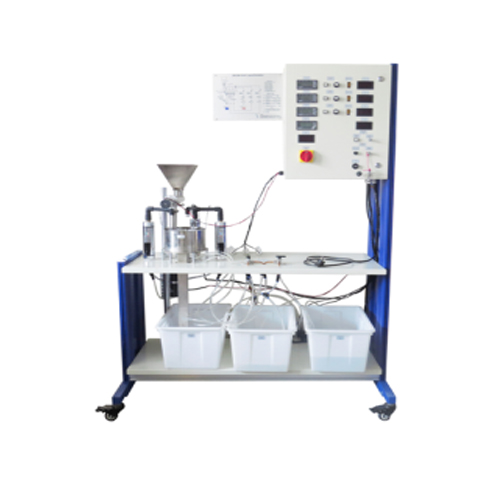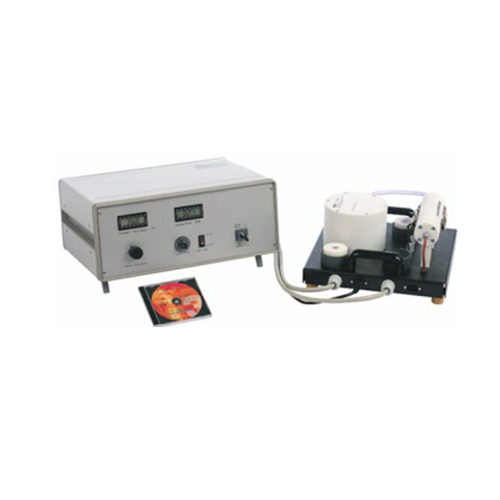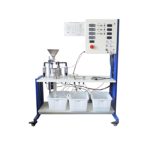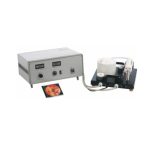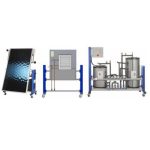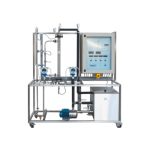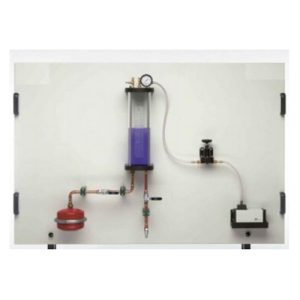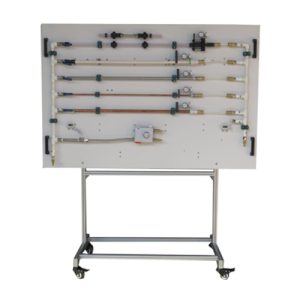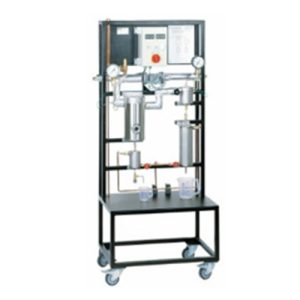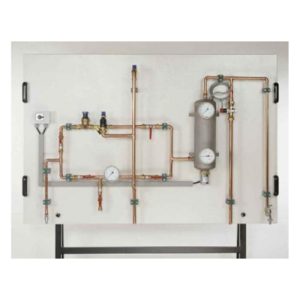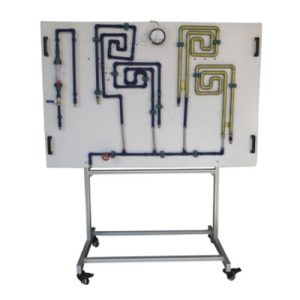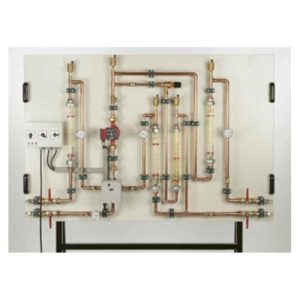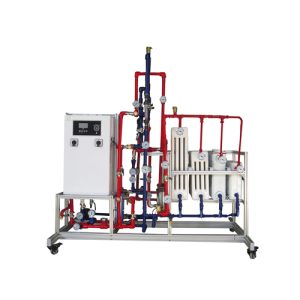AFT090 Solid Liquid Extraction Teaching Equipment Thermal Transfer Demonstrational Equipment
AFT090 Solid Liquid Extraction Teaching Equipment Thermal Transfer Demonstrational Equipment For Vocational Training Center, Technical Institution, Engineering University, TVET Schools
- Description
- Inquiry
Description
AFT090 Solid Liquid Extraction Teaching Equipment Thermal Transfer Demonstrational Equipment
1. Product Overview
Extraction is a more efficient, selective, and cost-effective method that can replace separation methods such as distillation, evaporation, and membrane technology. Applications of this method include obtaining oil from oilseeds or leaching metal salts from ores.
The solid-liquid extraction experimental platform uses a solid-liquid extraction (leaching) method to separate the solid mixture. Solid-liquid extraction is the use of extractants to remove soluble components from solids.
The test scope includes the following areas:
Familiar with the basic principles of solid-liquid extraction
Prove that solid-liquid extraction is a continuous and discontinuous process
Study of single, two and third processes
Effect of extractant flow and temperature on extraction process
Effect of extraction material mass flow rate and carousel speed on extraction process
1.1 Instructions for use
This unit can be used for training in the field of thermal processing and instrument manufacturing. It is designed for training and is not suitable for industrial use.
1.2 Product parameters
Dimensions (LxWxH): 1360 x780x 1900mm mm
Weight: <180Kg
Power supply: single-phase AC230V 50Hz
2.2 Features
The operation of the extraction training device is based on the countercurrent principle. This method is used, and the concentration gradient serves as the driving force for mass transfer. That is, the fresh extractant is fed into the rotary extractor to extract the extraction material. The rotary extractor rotates slowly above the perforated base, and the material to be extracted is continuously fed into the rotary feeder unit through the screw conveyor. In the unit, the extractant is sprayed, and the extractant valve can be selected for single-stage, two-stage or three-stage Continuous operation to extract materials, the leached extraction residue falls into the designated container after one rotation of the feeder. The interrupt mode can stop the rotary extractor. Three pumps can be used to transport the extractant from the extractant container, and their speed can be adjusted individually for each stage. During the working process, at least one of the three process pumps is turned on, and the exhaust pump will automatically start, and then the extraction liquid is transferred to the designated container. Using a heater with temperature adjustment can adjust and display the temperature of the extractant at the relevant stage. Each stage is equipped with a conductivity sensor to monitor the separation process. All measured values can be displayed using the software.
2.3 Process description
The unit (stage 1) is sprayed with fresh extractant, and the material extracted from this unit is then discharged into a designated container. The first two units (second stage) are sprayed with extractant from the first stage. The two units before the second stage constitute the third stage. The third stage is sprayed with the extractant discharged from the second stage. Therefore, the material to be extracted is completely extracted in the influenza unit. One unit is used for loading materials, one unit is used for emptying, and one unit is empty. After the first extraction experiment reached a steady state, data acquisition was meaningful only from the second extraction experiment. By adjusting the rotation speed, the residence time of the extracted material can be changed.

